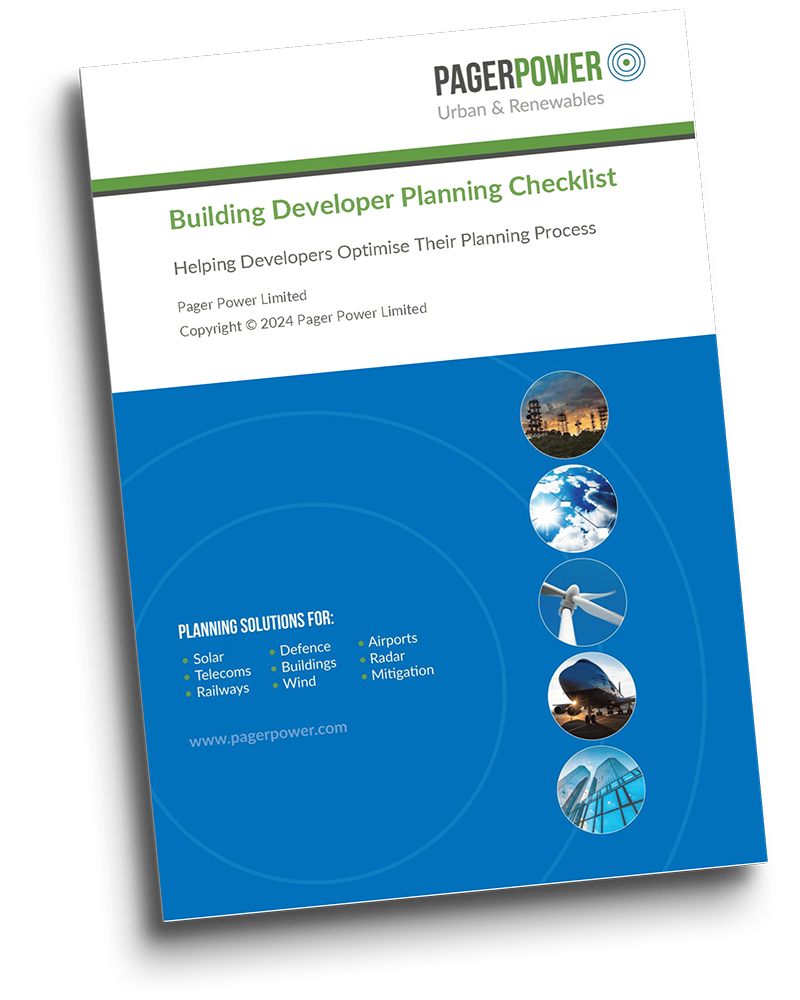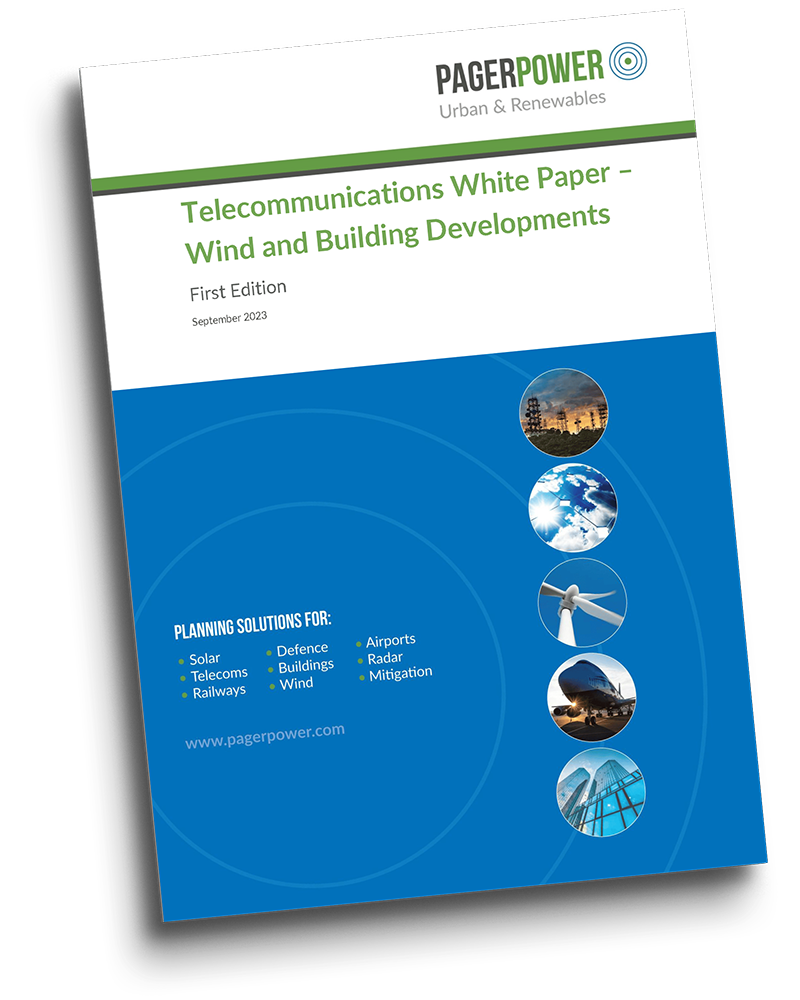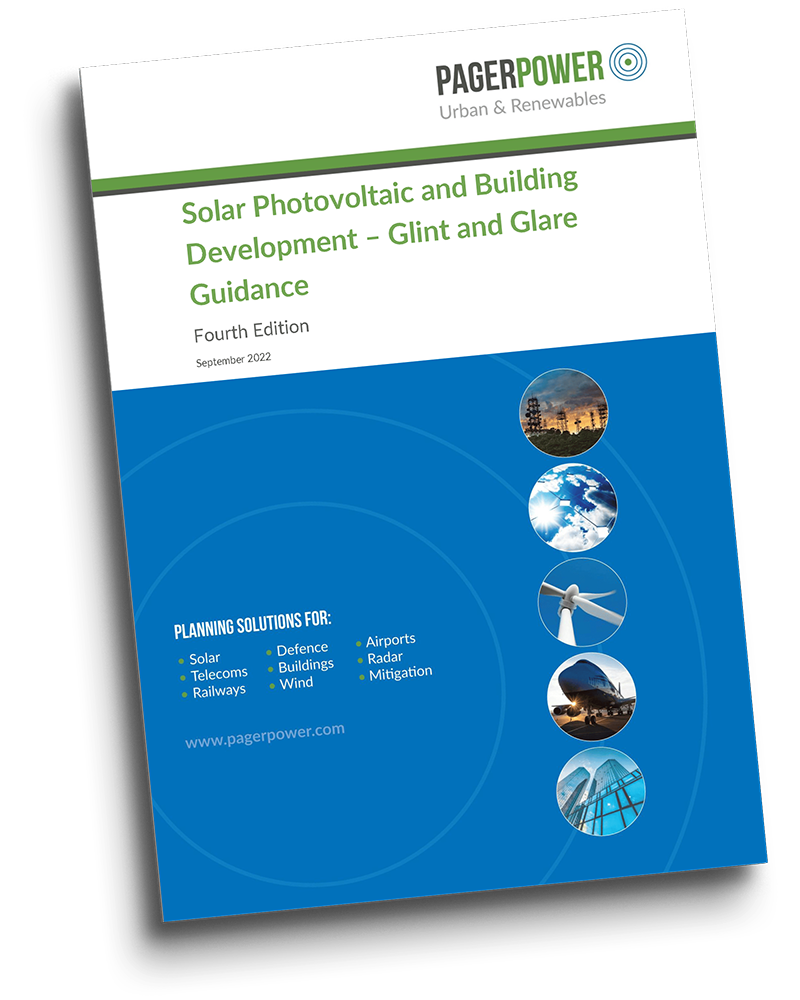deliver projects in
63 countries
BUILDINGS SECTOR
From daylight sunlight, aviation safeguarding, and radar impact to television, radio and broadband reception, we can undertake a range of technical assessments to support your building development project and obtain planning approval.
Glint and Glare
Assess whether building façades or rooftop solar panels could cause distracting reflections for aviation, road users, railways, or nearby dwellings. Services include desk-based analysis, site surveys, screening analysis, layout optimisation, and management plans, providing clear evidence and practical mitigation where possible.
Aviation & Radar
Compatibility of building projects with aviation and radar infrastructure is assessed. Services include safeguarding, radar and CNS impacts, OLS obstruction analysis, turbulence, and IFP assessments. Independent evidence clarifies impacts, informs design, and addresses aviation stakeholder requirements.
Telecommunications Impact Assessment
Evaluate whether a proposed building development could obstruct critical microwave or UHF telecoms links and mast infrastructure. Desk-based assessments provide clear evidence for planning and operator requirements, with ground surveys available to clarify infrastructure details and confirm accuracy.
Television and Radio Reception
Assess whether new buildings could disrupt local television or radio signals. Desk-based analysis, supported by baseline and post-construction surveys as required, provides independent evidence to satisfy planning conditions and reassure communities that services will be maintained.
Broadband Connectivity
Confirm suitable high speed broadband access is available for new developments through desk-based analysis and consultation with providers. Independent evidence supports planning submissions and demonstrates compliance with Building Regulations, reassuring local authorities and future occupants.



Our Projects
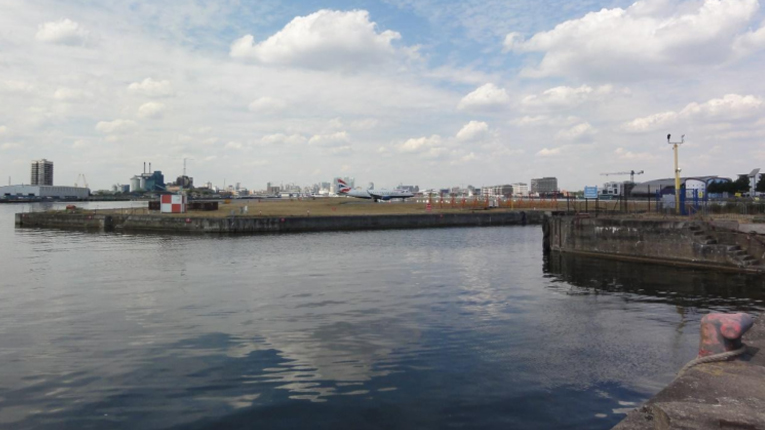
In late 2017, Pager Power was engaged by London and Regional Properties to provide aviation planning expertise with respect to the re-development project at [...]
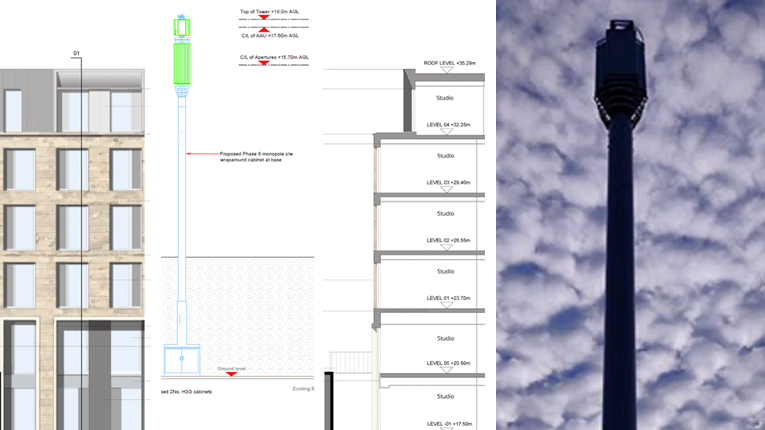
Developer Watkin Jones wanted to ensure that a planned 5G communications mast was moved so that residents of its proposed new Edinburgh development [...]

In 2016, Fox Lloyd Jones commissioned Pager Power Ltd to investigate and assess the possible effects of glint and glare from a proposed sculpture [...]

Pager Power was engaged by a building developer to manage the aviation safety considerations for a proposed tall building development in central Manchester, UK [...]

